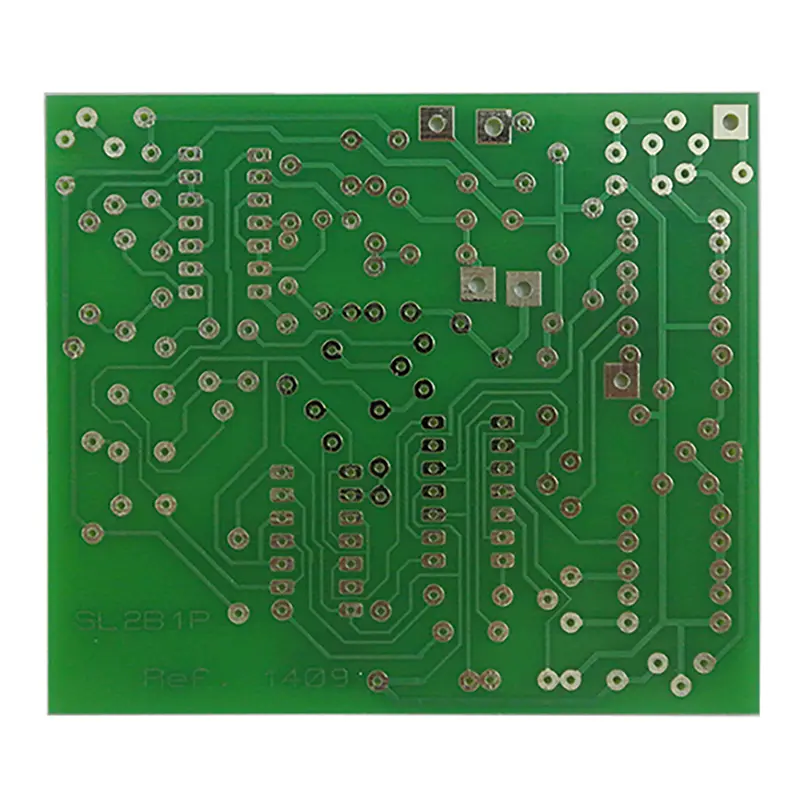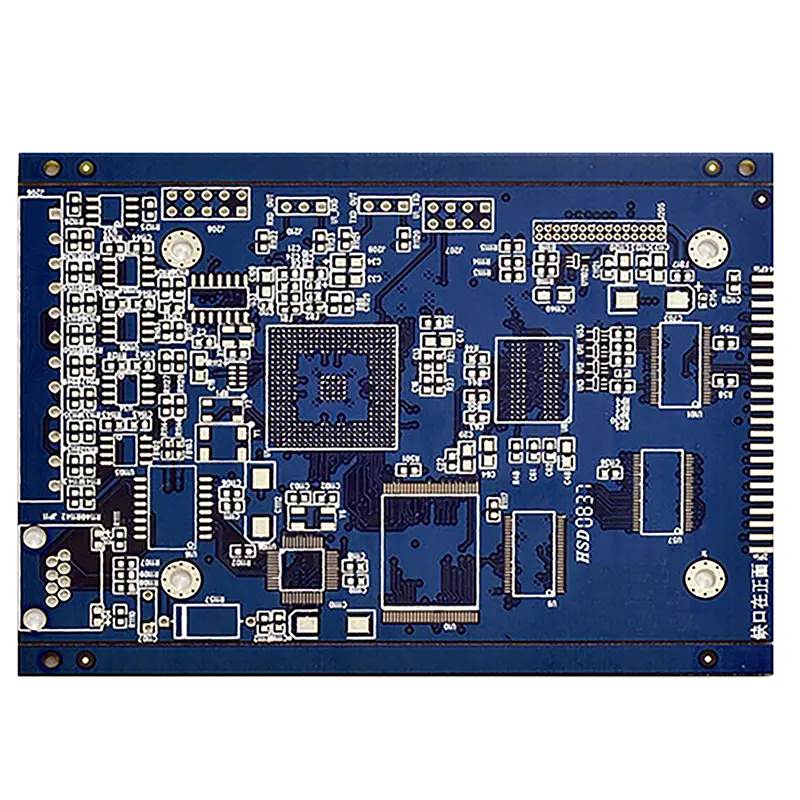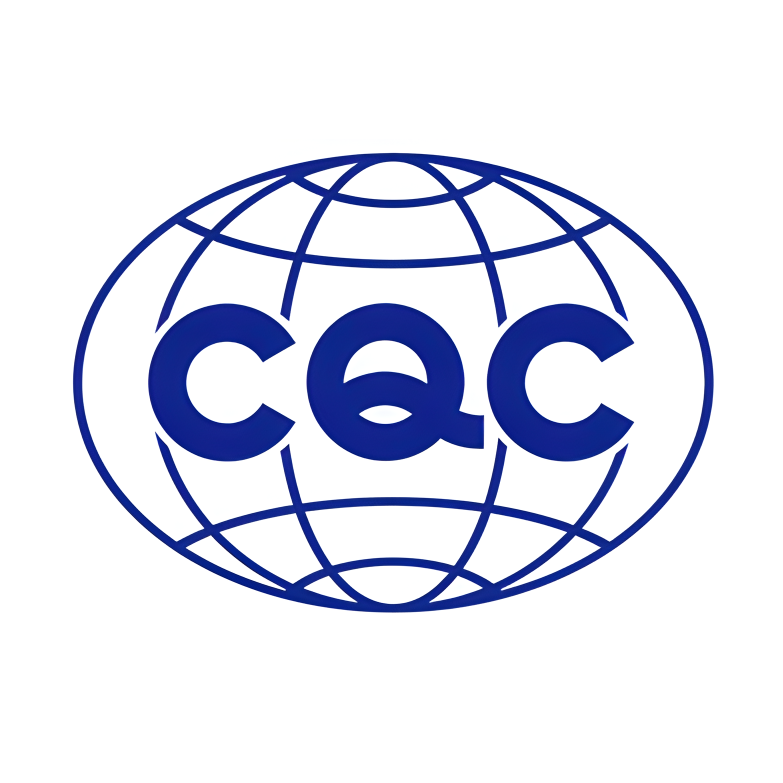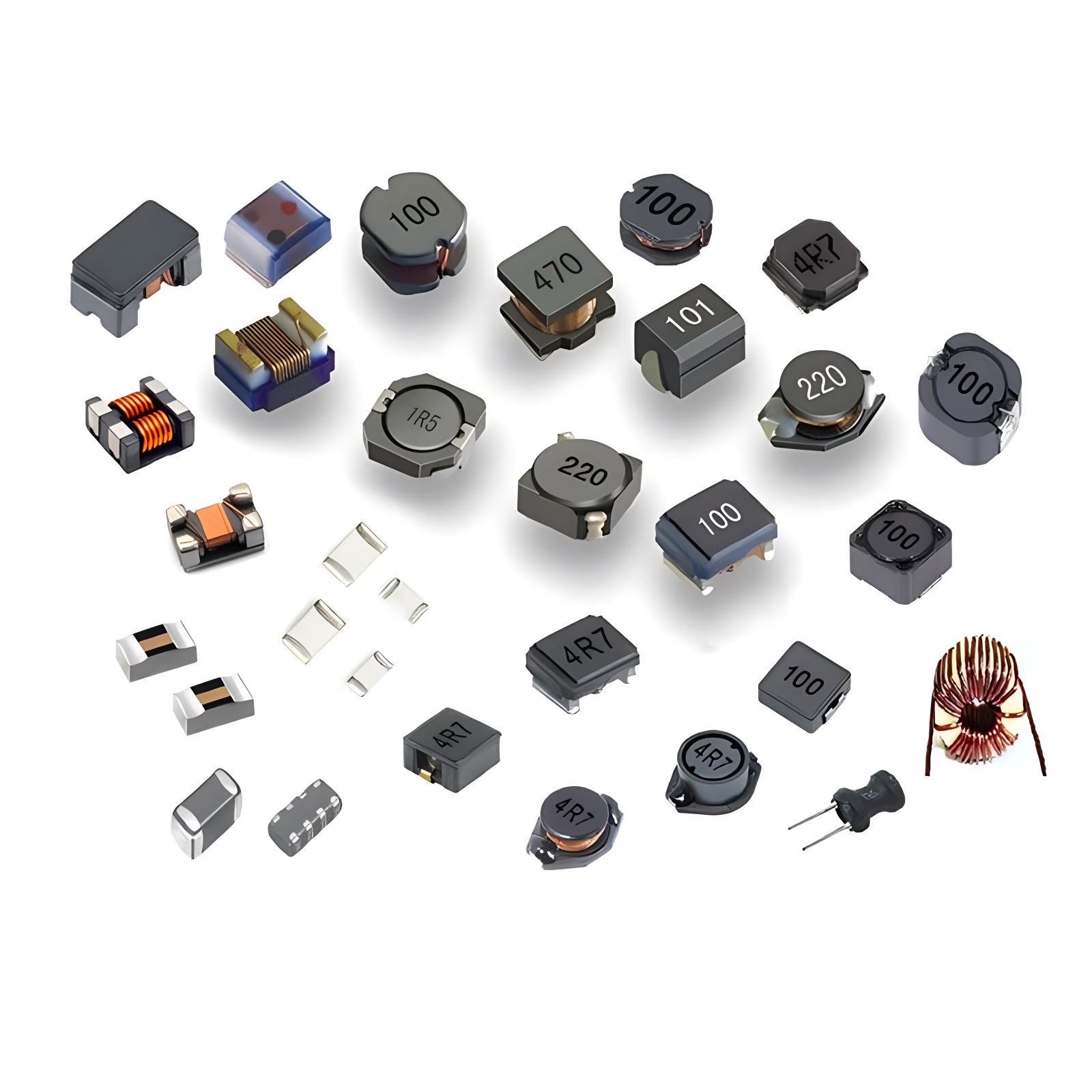What is Impedance Control?
Impedance control in printed circuit board (PCB) design refers to the practice of designing and fabricating the PCB in such a way that the characteristic impedance of the transmission lines (traces) is held to a specified value. This characteristic impedance is determined by the geometry of the trace, the dielectric constant of the substrate material, and the distance between the signal trace and the reference plane.
Why Need Impedance Control?
Impedance control is critical in high-speed digital and RF circuits because it ensures signal integrity. If the impedance is not controlled, signal reflections, crosstalk, and other signal degradation phenomena can occur, leading to issues such as increased electromagnetic interference (EMI), reduced signal strength, and data corruption. By controlling the impedance, designers can minimize these effects and ensure that signals travel along the traces without significant degradation.
How to Achieve Impedance Control?
Achieving impedance control involves several steps during the PCB design and fabrication process:
Design Specifications: The designer must specify the desired impedance value for each trace based on the circuit's requirements. Common values are 50 ohms for RF circuits and 100 ohms for differential pairs.
Trace Width and Thickness: The width and thickness of the trace, as well as its proximity to the ground plane, affect the impedance. The designer must calculate or simulate these dimensions to achieve the target impedance.
Dielectric Material: The choice of dielectric material has a significant impact on the impedance. Materials with different dielectric constants will require different trace widths to achieve the same impedance.
Fabrication Tolerances: Tight tolerances on trace dimensions and dielectric thickness are essential to maintain the impedance control. PCB manufacturers must adhere to strict fabrication processes to ensure consistency.
Verification: After the PCB is fabricated, it may be necessary to measure the actual impedance of the traces using specialized equipment to confirm that they meet the design specifications.
On the quest for exceptional circuit board performance, Minintel understands the significance of impedance control. Achieving precise impedance control demands meticulous design coupled with rigorous manufacturing practices. Typically, PCB design experts meticulously set impedance values and tolerance ranges, and as the manufacturer, Minintel takes responsibility for selecting premium materials and adhering rigorously to these design specifications, ensuring every inch of the circuit board meets predefined performance benchmarks.
To ensure smooth order execution, we strongly recommend that clients articulate their impedance requirements at an early stage. Prior to embarking on the PCB manufacturing process, Minintel's specialist team engages in detailed consultations to co-verify every technical parameter, striving to deliver the highest-quality service that realizes your design aspirations. While testing controlled impedance PCBs is standard procedure, the underlying impedance calculations represent a complex undertaking, testing the manufacturer’s expertise and experience.
At Minintel, we appreciate the core value of impedance control in high-performance applications. Hence, we advocate defining impedance values and tolerances at the outset of the design phase, enabling our engineering team to execute with pinpoint accuracy throughout the manufacturing journey. We recognize that for some clients, impedance control might be uncharted territory, fraught with challenges and uncertainties. Therefore, we invite you to initiate dialogue during the project's inception phase; our experts stand ready to impart professional advice, empowering you to make confident design decisions.
Our commitment transcends impedance control alone; Minintel is dedicated to delivering unparalleled service across all PCB-related technological domains. From the meticulous consideration of impedance calculations to the precise control of trace width, thickness, spacing, and dielectric constants of materials, every detail receives our undivided attention. When grappling with impedance control conundrums in your design process or seeking deeper technical support, Minintel's expert team stands vigilant, poised to become your steadfast ally.
We believe that sharing explicit impedance control requirements with clients is pivotal to enhancing service efficiency. Whether it's high-precision applications in the RF domain or stable high-speed digital signal transmission, Minintel boasts robust technical capabilities, offering you PCB solutions that comply with stringent standards. At Minintel, our pursuit is synonymous with our clients' success, and we look forward to forging a path to brilliance together. Should you have any queries or seek further details, please feel free to contact us anytime; we eagerly await your inquiries!
In the realm of precision and performance, Minintel remains your trusted partner, dedicated to excellence in impedance control and beyond. Let us collaborate to turn your innovative visions into tangible realities, one meticulously controlled impedance at a time.

 PCB
PCB FPC
FPC Rigid-Flex
Rigid-Flex FR-4
FR-4 HDI PCB
HDI PCB Rogers High-Frequency Board
Rogers High-Frequency Board PTFE Teflon High-Frequency Board
PTFE Teflon High-Frequency Board Aluminum
Aluminum Copper Core
Copper Core PCB Assembly
PCB Assembly LED light PCBA
LED light PCBA Memory PCBA
Memory PCBA Power Supply PCBA
Power Supply PCBA New Energey PCBA
New Energey PCBA Communication PCBA
Communication PCBA Industrial Control PCBA
Industrial Control PCBA Medical Equipment PCBA
Medical Equipment PCBA PCBA Testing Service
PCBA Testing Service Certification Application
Certification Application RoHS Certification Application
RoHS Certification Application REACH Certification Application
REACH Certification Application CE Certification Application
CE Certification Application FCC Certification Application
FCC Certification Application CQC Certification Application
CQC Certification Application UL Certification Application
UL Certification Application Transformers
Transformers High Frequency Transformers
High Frequency Transformers Low Frequency Transformers
Low Frequency Transformers High Power Transformers
High Power Transformers Conversion Transformers
Conversion Transformers Sealed Transformers
Sealed Transformers Ring Transformers
Ring Transformers Inductors
Inductors Wires,Cables Customized
Wires,Cables Customized wires-cables
wires-cables